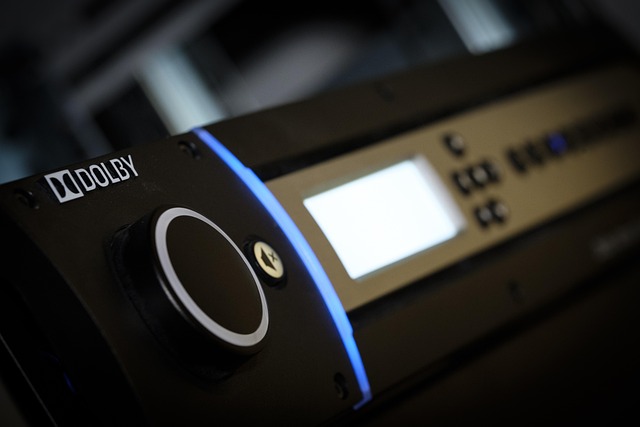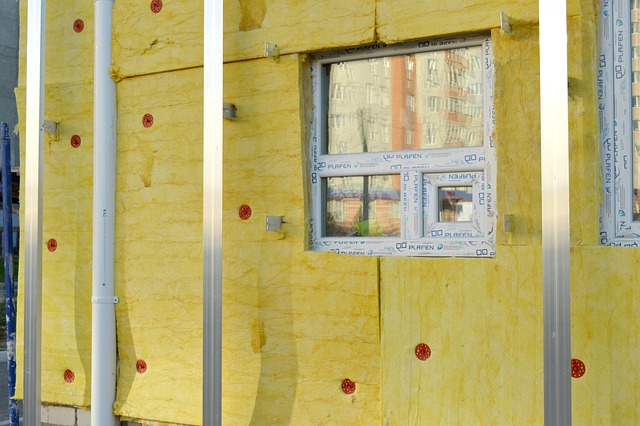The way we consume audiovisual content has undergone significant transformations, especially in recent years. Among these advancements, the emergence and integration of sound processors into display technology stands out as a game-changer. As televisions become central to our entertainment experiences, the role sound plays becomes increasingly vital, not just complementing but enhancing our visual interactions.
Gone are the days when the audio quality of a TV was regarded as a secondary feature. Viewers have come to expect immersive experiences that engage not only the eyes but also the ears. Modern sound processors, designed to analyze and decode audio signals with remarkable precision, breathe new life into our viewing experiences. These processors intelligently adapt sound to match the type of content being displayed, whether it’s a high-octane action film, a subtle drama, or a live sporting event, ensuring every nuance is captured and conveyed.
The synergy between sound processors and advanced display technologies—such as LED, OLED, and even QLED—creates a holistic viewing experience. Imagine watching a thriller where every whisper or creaking floorboard is amplified to heighten suspense, all while the screen presents stunning visuals. The combination of high-quality imagery and expertly processed sound leads to an engaging narrative, pulling the audience into the heart of the story.
Furthermore, as home entertainment systems evolve, the demand for intricate audio clarity continues to rise. High-definition monitors paired with innovative sound processors can significantly enhance soundstage and clarity, bringing an almost cinematic experience right into our living rooms. This means that even the most delicate sound effects become audible, creating a more immersive environment that showcases the artistry behind each production.
With the advent of customizable sound settings, users are no longer passive consumers of media; they can tailor their audio experiences to create the perfect balance between sound and image. Whether it’s adjusting bass levels during a concert film or enhancing dialogue clarity in a complex drama, sound processors have paved the way for personalized listening experiences that align with our unique tastes.
Moreover, the compatibility of these technologies with various devices, including smart TVs and streaming platforms, has revolutionized how we interact with content. Streaming services now offer surround sound formats that, when paired with advanced sound processors, create an enveloping audio experience. In this interconnected world, viewers can sync their audio settings seamlessly, bridging the gap between sound design and visual storytelling.
As we move towards an era of augmented and virtual reality, the role of sound processors will undoubtedly continue to expand. Envision a future where the audio landscape adapts in real time to movements and actions within a virtual environment—where sound is not just heard but felt. This will redefine immersion, further blurring the lines between viewer and participant.
In summary, the impact of sound processors on display technologies is profound. By integrating sophisticated audio processing with cutting-edge visual displays, we are ushering in a new era of home entertainment that respects and amplifies the complexities of both sound and imagery. As technology continues to advance, the possibilities for enhancing our viewing experiences remain limitless, making every moment in front of the screen a truly spectacular affair.



